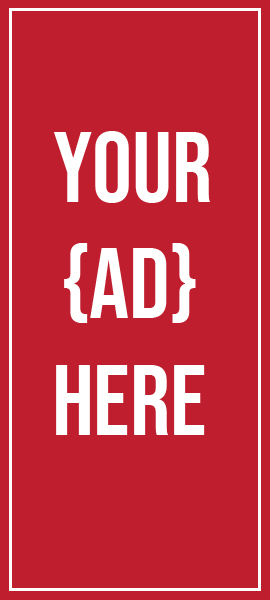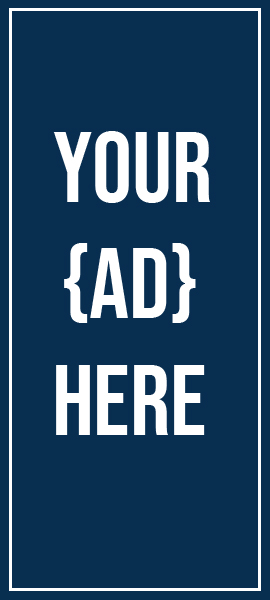
Identifying Appropriate Sources
Be a yardstick of quality. Some people aren’t used to an environment where excellence is expected.
– Steve Jobs
Introduction
Audiences are often a little skeptical about a speaker’s message, especially if the speaker is addressing a controversial issue. You can build credibility with an audience by using reliable sources of information and backing up your statements with citations to trusted authorities.
You need to think about your presentation as though it was going to be written down on paper and distributed throughout the audience and their bosses. Throwaway lines which you assumed would just pass over people’s heads will end up being the bits that certain people remember – so be sure to keep a close eye on what you say and how you say it.
Often, people make the mistake of believing that the more they say, the better their speech is. Others, feeling that brevity is the soul of wit, keep what they say to a minimum. As with so many things, the truth lies somewhere in between and the key to making a presentation as powerful and as well-received as it can be is to say enough, and make what you say mean enough.
There is no point in fleshing out a presentation with extraneous detail which no-one will remember, and at the same time you should avoid leaving out anything remotely important so that your message is strong, coherent, and memorable.

Finding Reliable Resources
The Internet supplies us with an endless stream of information, but how reliable is it? One way to evaluate reliability is to compare data from several different sources. One way to check for bias (especially with controversial topics) is to compare statements by people who have opposing views.
For people who wish their words to be given attention and taken seriously, balance is of vital importance. Maintaining that balance relies on good research and not allowing your opinion to be mistaken in your mind for fact. There is so much information available for research, and your task is to separate the redundant, excess information from the important data.
For example, many people use the popular online encyclopedia Wikipedia for research. This is not a bad idea; the site is filled with information which is well cross-referenced and constantly updated. In terms of freshness, online encyclopedias such as this cannot be beaten by the traditional, paper-based form of encyclopedia, which in turn are incredibly inconvenient for the purposes of cross-reference. So if there is this much convenience to an online encyclopedia, and so much information therein, we should be looking to use it for all of our research needs, should we not?
Well, in fairness, using an online resource like Wikipedia can be a very good way to do substantial research, but it is important to make sure that any facts and figures you use from a Wikipedia article are cited and backed up by other sources.
You will find the citation reference in square brackets next to the information in the article body. This links to the table of references, which can be used to find the source that, the statistics or other information were drawn from. The more sources you have for information – and the more views you listen to from both sides of a debate – the better for any research that you do. Even if you disagree with the information and opinions given by a certain source, it can after all be used as a jumping-off point for a counter-argument.
Establishing Credibility
It is extremely important to be sure of your facts. If you make even one factually incorrect statement, some people will doubt everything you say. This is something that holds true wherever you are, including in some of the highest courts in the land.
A lawyer will be much in demand if he or she can take one small inaccuracy in a witness’ statement and turn it to the advantage of his or her client by using it to paint the witness as unreliable. In terms of a presentation, the stakes may not be as high, but all the same it is wise to make sure that you have authority behind what you tell people. This begins with how you present yourself.

It is often said that you cannot judge a book by its cover, and the truth is that that it absolutely correct. Some fine minds are to be found behind faces, which appear, to many people to suggest docility.
But if you want to keep the audience’s attention on what you are saying, it is advisable to appear businesslike and efficient at all times. You should be tidily dressed, and should be aware at all times of what you have just said, what you are currently saying, and what you will say next. If this involves referring to flash cards on occasion, then there is no problem in doing so – much better to have the information to hand than have it disappear from your mind.
It is also worth bearing in mind the fact that the audiences have not come to be told things they already know. If they had, then any one of them could be giving the presentation. It is much better to think about things from another angle.
You know what they think, so some of this presentation can be about what you think. The bits of the presentation that they remember may well be the moments when their opinions were challenged and potentially changed. Doing this will involve arguing a point and backing it up with sound reasoning, facts and figures, and the impact it has on an audience can be genuinely impressive.
You should use whatever is at your disposal to make your points in a presentation as efficiently as possible. Known statistics, testimonies from respected individuals and documentary evidence are all extremely helpful when it comes to making your point effectively.
Each person in the audience may have a different “convincer”. The more complete your presentation is, the more people you will convince. Unless you are preaching to the converted, do not assume that you will carry all before you with the same arguments that sounded right to you.

The Importance of Citations
Some groups or individuals are so trusted that citing their statements can be the deciding factor in getting people to agree with you. Some examples:
- The Centers for Disease Control
- The Congressional Budget Office
- The Census Bureau
- The Journal of the American Medical Association
The point that unites these groups listed above, and others like them, is that they are considered to be a leading authority in their specific field. When it comes to discovering information on any subject, going right to the leading authorities to find it out is always a sensible move.
If you are giving a presentation, going to a leading authority in the area you wish to discuss is very wise indeed. Sometimes in a presentation you will find that some of your listeners are skeptical and will challenge the statistics you mention. If you can mention that those statistics have come from a leading authority, and cite that they are up to date as well, then you will advance your case much further.
It has become common practice to begin sentences in presentations, essays and speeches with the phrase “Everybody knows that…” or “It goes without saying that…” when often this is very far from being the case.
This is a rhetorical device, which can be used appropriately and inappropriately. In the first case, if it is something everyone does know, then it prevents you from having to go over well-worn explanations. In many other cases, however, it may be used because the speaker has not been able to source direct proof for an assertion and simply wants their audience to accept it. After all, if “everybody” knows something, not many people will happily be the one to disagree.
When it comes to backing your points up, it is best that you go to the experts.
The more evidence you can back up a statement with, the more confidence you can have in asserting it. Furthermore, the fact that the information comes from a trusted source means that you can immediately trump skeptical listeners who wish to make your presentation seem less informed than it is.
Practical Application
Jordan may his way to Stevie’s office and knocked on her door. When she invited him in, he said, “Hey Stevie, I was just looking over the rough draft of your presentation. I noticed that you used Wikipedia as an information source.”
Stevie said, “That’s okay, isn’t it? Their site has some excellent, vetted information.”
Jordan said, “Yes, it does. While the information on the website might be accurate, it’s best to look for the resource that Wikipedia cited for your presentation. That way you’re using the most legitimate resource.”
Jordan sat down with Stevie at her computer. They found the citation reference in square brackets next to the information in the article body on the Wikipedia article. From there, they were able to use the table of references to find the exact study the article cited.





